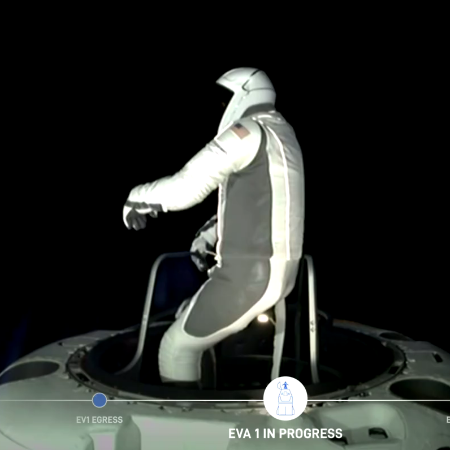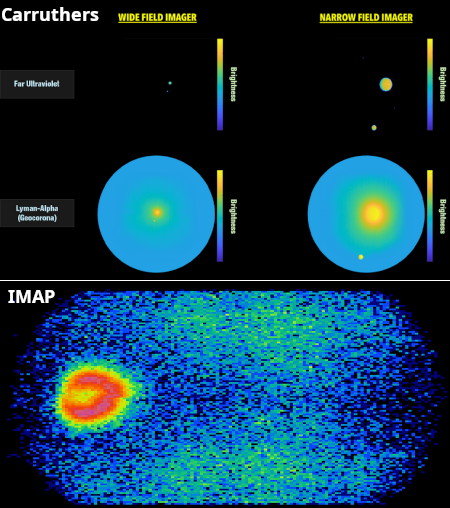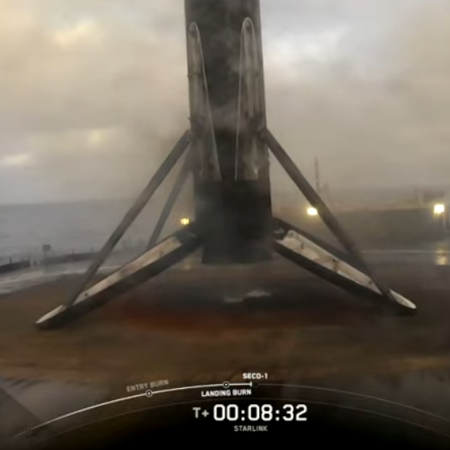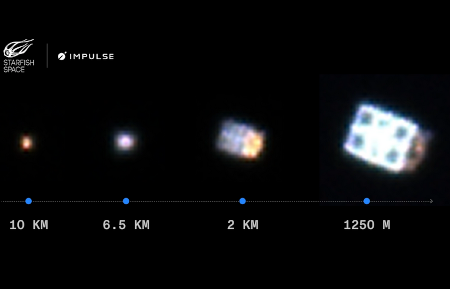Rocket Lab launches a set of technology test satellites for Space Force
Rocket Lab tonight successfully placed into orbit a set of Space Force technology test satellites dubbed DISKSat, its Electron rocket lifting off from Wallops Island in Virginia.
DISKSat is a new standard satellite design, shaped like a flat disk about a yard across and developed by the Aerospace Corporation. The idea is that these disk-shaped satellites will more efficiently fit payload into the standard cylindrical fairings used by rockets. This mission includes four that will be deployed in low Earth orbit, but during the mission will also test operation in much lower orbits than satellites normally fly. I suspect the flat design reduces the atmospheric drag at those low orbits, thus allowing the satellite to remain in orbit for longer time periods.
The leaders in the 2025 launch race:
168 SpaceX
84 China
17 Rocket Lab (a new record)
15 Russia
SpaceX still leads the rest of the world in successful launches, 168 to 140.
Rocket Lab tonight successfully placed into orbit a set of Space Force technology test satellites dubbed DISKSat, its Electron rocket lifting off from Wallops Island in Virginia.
DISKSat is a new standard satellite design, shaped like a flat disk about a yard across and developed by the Aerospace Corporation. The idea is that these disk-shaped satellites will more efficiently fit payload into the standard cylindrical fairings used by rockets. This mission includes four that will be deployed in low Earth orbit, but during the mission will also test operation in much lower orbits than satellites normally fly. I suspect the flat design reduces the atmospheric drag at those low orbits, thus allowing the satellite to remain in orbit for longer time periods.
The leaders in the 2025 launch race:
168 SpaceX
84 China
17 Rocket Lab (a new record)
15 Russia
SpaceX still leads the rest of the world in successful launches, 168 to 140.









